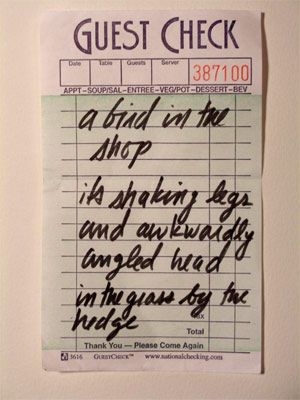 Our Moon. Something that has captured our imaginations and fascinated the minds of mankind for millennia. The moon and its regular cycle of phases have made it a vital cultural influence on language, calendars, art and mythology since ancient times. The moon has inspired stories of werewolves have frightened us and poems of love. Books, movies, and songs have centered around the moon. I Googled the list and it is far too long for me to elaborate here.
Our Moon. Something that has captured our imaginations and fascinated the minds of mankind for millennia. The moon and its regular cycle of phases have made it a vital cultural influence on language, calendars, art and mythology since ancient times. The moon has inspired stories of werewolves have frightened us and poems of love. Books, movies, and songs have centered around the moon. I Googled the list and it is far too long for me to elaborate here.Our moon, which does not have a name like other moons, is Earth's only known natural satellite. It is the fifth largest satellite in our solar system. It has a diameter one fourth that of Earth’s, making it the largest satellite relative to its host size. Our moon is in a syncrhonized rotation with Earth. That is why we only see one side of it. Hence, the term The Dark Side of the Moon. Its gravitational pull produces the ocean tides and the minute lengthening of the day.

The Soviets actually reached the moon before us with an unmanned spacecraft in 1959. Since then, NASA’s Apollo program has sent an orbiting mission in 1968, followed by six actual manned landings from 1969-1972. Twelve men have walked on its surface. We brought back lots of rock that helped scientists determine its age: 4.5 billion years old.
The prevailing hypothesis is that the Earth–Moon system formed as a result of a giant impact: a Mars-sized body hit the nearly formed proto-Earth, blasting material into orbit around the proto-Earth, which accreted to form the Moon. It is believed most of the Moon came from the impactor, not from the proto-Earth. Like the earth, the moon has a crust, mantle, and core.

Water cannot exist on the moon as exposure to solar radiation causes water to decompose, a process known as photodissociation. However, comets and hydrogen from solar winds combined with oxygen in lunar rocks could have deposited water ice in permanently shadowed craters. This is of vital importance if we want to set up a permanent base on the moon, a possible stepping stone for reaching Mars.
Although we have recently found proof of frozen ice on the polar regions, the moon does not have wind or erosion. That is why we see crater impacts large and small that pocket its surface over its life. Volcanoes in the past have spewed out basaltic lava. With a decent set of binoculars or a small telescope, you can see fascinating features on its surface on a clear night.
There is no legal ownership of the moon, although the U.S. has planted flags there. There is an Outer Space Treaty (1967) that defines the Moon and all outer space as the "province of all mankind. The moon cannot be used for military purposes and bans weapons of mass destruction.
You can view the moon using Google Earth.

Grail Moon Mission – September11, 2011 (Very Cool Stuff Here)On NASA's third attempt, the dual-spacecraft mission finally lifts off from Cape Canaveral. The twin craft separate and begin their journey to the moon, where they will study its gravitational field. Scientists predict that the mission will provide a map of the lunar gravitational field, data that will allow for the first comprehensive assessment of the moon's crust, mantle and core.
Some scientists say GRAIL is the beginning of a revolution in planetary science. Precision formation flying could allow for numerous spacecraft to create singular technology "platforms" that could see deeper into space and in far greater detail than ever before. Scientists envision a day when they will send swarms of iPod-sized spacecraft into space, a technology that could replace satellites and offer other advances in communications.
Well, how about it? How has our most awesome neighbor inspired you? If you think this post is worthy of Twitter or Facebook, please select the appropriate icon below. Thanks!!!
Stephen Tremp, author of the BREAKTHROUGH series, has a B.A. in information systems and an MBA degree in global management. Stephen has a background in information systems, management, and finance and draws from this varied and complex experiential knowledge to write one-of-a-kind thrillers.
His novels are enhanced by current events at the European Organization for Nuclear Research (CERN) and other scientific research facilities around the world. These potential advances have the ability to change the way we perceive our universe and our place in it!
You can visit Stephen Tremp at Breakthrough Blogs.
BREAKTHROUGH and OPENING can be downloaded: Kindle for $2.99



